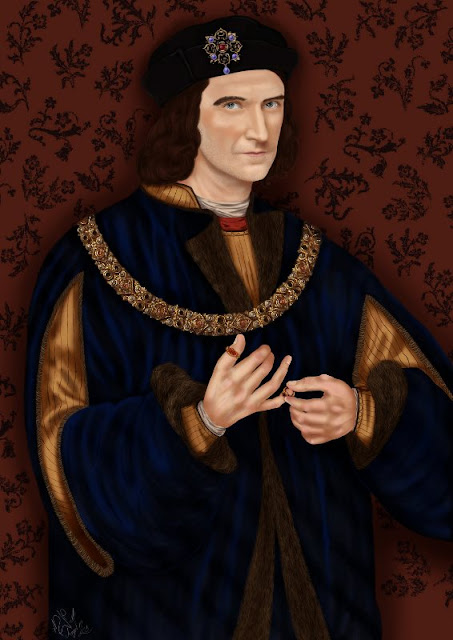Earlier this year, a great wrong was righted and a chapter of history was closed when King Richard III’s remains were finally discovered, after his death in battle more than five hundred years ago. But while news headlines of the discovery made it seem as though he was found by happenstance under a parking lot, there was actually an organization that worked at length to discover his once-current resting place. Part of the search involved keeping track of living descendants so that positive DNA matches could be made; one distant relation, Michael Ibsen, provided the evidence needed to verify that the skeletal remains were those of the king.
While DNA is a recognized forensic with noted ratios for accuracy, technology has just been used to solve another historical mystery. This one, however, is far less exact, but not because of any failing on the part of the tech.
The descendants of Victorian-era author Elizabeth Gaskell have possessed a small framed silhouette believed to be her likeness, but there was no way to verify it until researchers from the University of Manchester decided to try facial recognition software.
This was obviously a complicated endeavor due to a number of factors, like the size comparison between the silhouette and the miniature portrait, although one thing working in the researchers’ favor was the fact that the silhouette itself had never changed hands outside of Gaskell’s own family. Hindering their hope of accurate findings was the fact that they had only one other basis for comparison, a verified but later-in-life portrait of the author. The software had to not only correct for the face-view versus profile view between the two images, it also had to account for any age progression between the silhouette and the portrait. Finally, human error had to be taken into account, as these two images were both created by two separate individuals.
Fortunately, technicians were able to conclude that the silhouette is the same person represented in the portrait; the image will now be included in a large exhibit about the author and her works.








